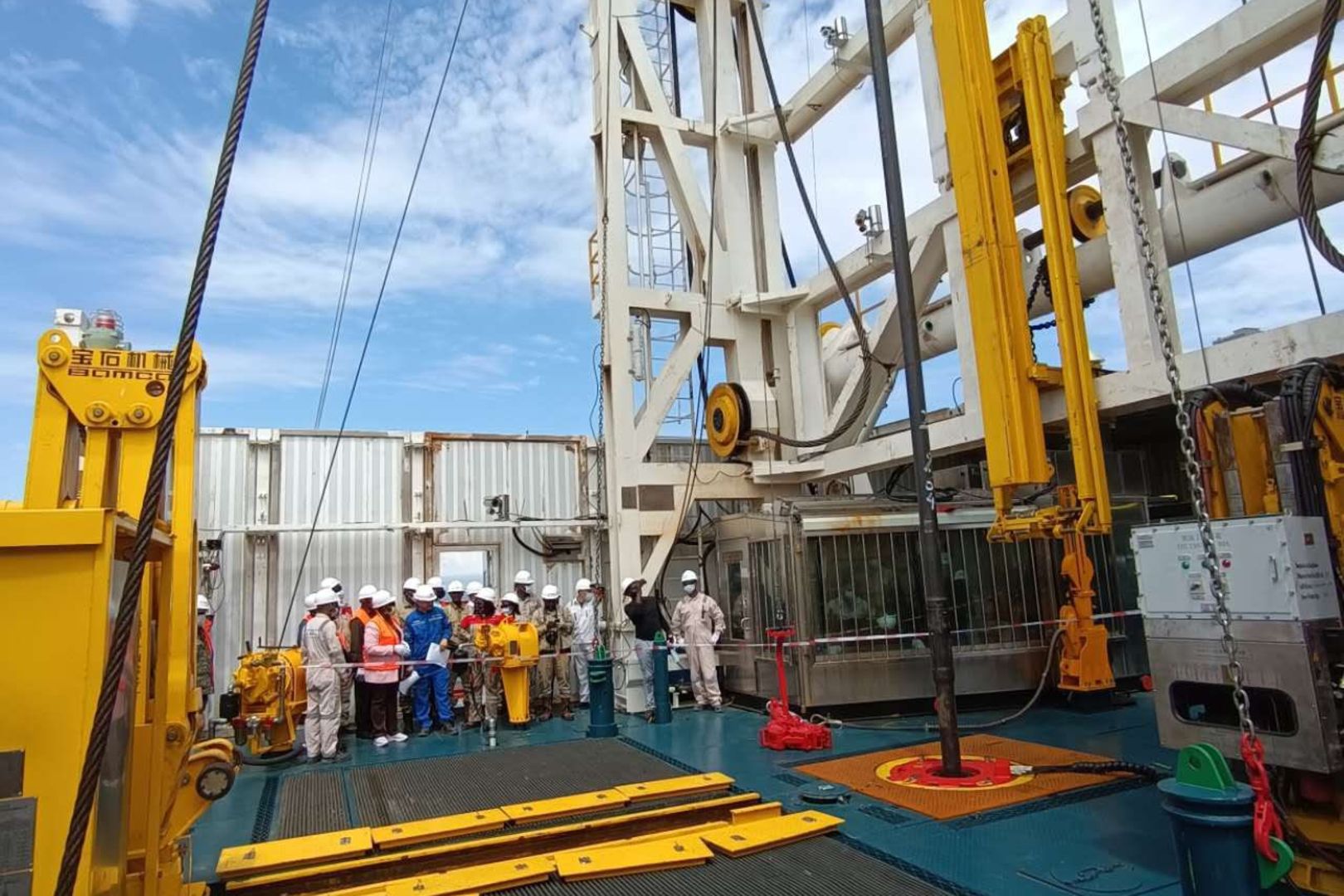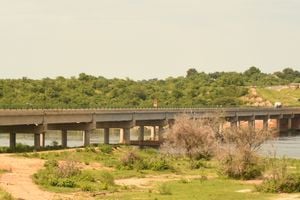
Ali Ssekatawa
The discovery of commercial oil and gas reserves in Uganda’s pristine Albertine Graben presents both an opportunity and a challenge.
This ecologically rich region, home to unique wildlife, natural habitats, and abundant water and fisheries resources, also boasts a number of protected areas in Uganda, including forests, and wetlands.
The task at hand is to navigate the delicate balance between developing the oil and gas resources, and conserving the region’s biodiversity and natural heritage.
Uganda has taken decisive steps to ensure oil and gas development proceeds sustainably with robust policies and legal frameworks, such as the National Oil and Gas Policy, National Environment Act, 2019, and the Wildlife Act, 2019.
Government agencies like the Petroleum Authority of Uganda, Uganda Wildlife Authority, National Environment Management Authority, districts, and other stakeholders, have been equipped and trained to manage and monitor the environmental impacts of oil and gas activities.
This collaborative approach ensures mitigation strategies are effectively implemented and continuously improved.
Technological advancements and innovative methods have been employed to minimise the environmental footprint of oil and gas operations.
These include as cableless technology that are used for acquiring 3D seismic data without laying cables on the ground, reducing the physical footprint in protected areas; wildlife-friendly equipment and silent walking rigs where rigs are equipped with custom soundproofing and acoustic enclosures to minimise noise pollution.
Surveys conducted
Comprehensive habitat mapping and species-specific surveys have been conducted to understand the ecological characteristics of the Albertine Graben. Studies on animal ranging behaviour, stress levels, and population dynamics for species such as the African lion, African elephant, spotted hyena, reedbuck, hartebeest, Uganda Kob and vultures provide critical data. This information informs project designs and helps develop effective mitigation measures, establishing benchmarks for evaluating ecological changes during oil and gas development.
From 2019 to 2023, surveys revealed no significant changes in habitat utilisation, animal behaviour, or stress levels. Studies between 2022 and 2023 on lion and hyena populations in Murchison Falls National Park (MFNP) indicated steady population growth, with no shifts in territorial ranges. Wildlife camera traps around well pads confirmed stable lion prides and hyena clans. Studies on elephants also showed that oil exploration activities have had minimal effects on the ranging patterns of elephants, as elephant range size did not differ significantly during the period of oil exploration compared with subsequent years with no exploration.
Ongoing habitat and biodiversity surveillance will continue throughout the development and production phases, focusing on species ecology and population dynamics, threats such as poaching activities, land cover, and habitat management.
An aerial wildlife census for large mammals in 2022 highlighted that generally the Tilenga project areas host the highest number of animals in the park. Increased surveillance and workforce presence have reduced poaching, while enhanced ranger patrols using the Spatial Monitoring and Reporting Tool (SMART) have achieved significant anti-poaching milestones, including the removal of 5,608 wire snares and the arrest of 133 poachers, as of June 2024. Also, 177 UWA rangers have been trained in use of SMART to enhance ranger patrols.
The continued investment in the oil and gas sector for FY2024/2025 is expected to contribute to a projected 6.5 percent growth in Uganda’s economy.
With the first oil on the horizon, balancing the sustainable use of natural resources, economic growth, and environmental conservation remains a priority.
Ali Ssekatawa is the Director Legal and Corporate Affairs at the Petroleum Authority of Uganda.




